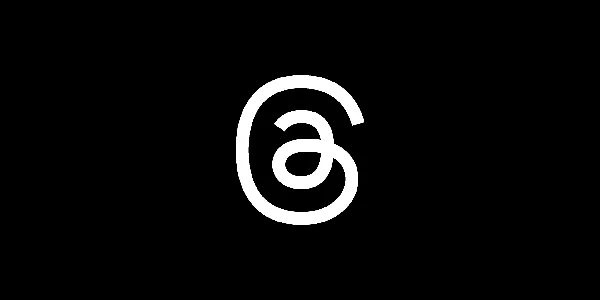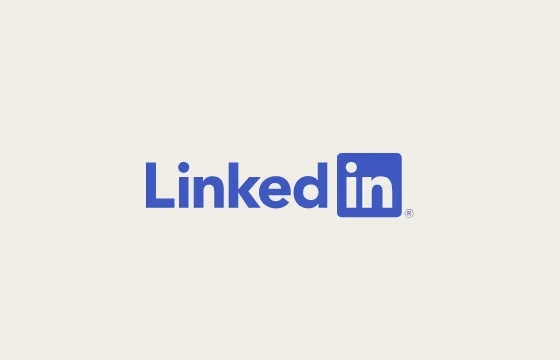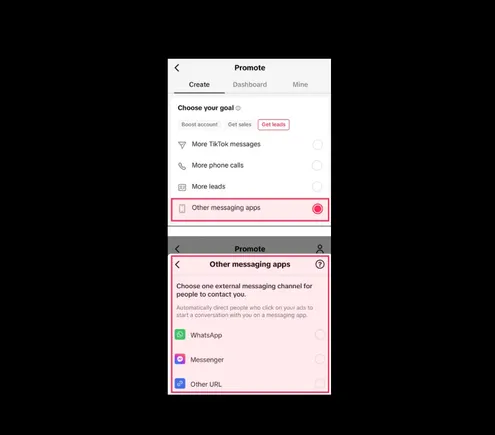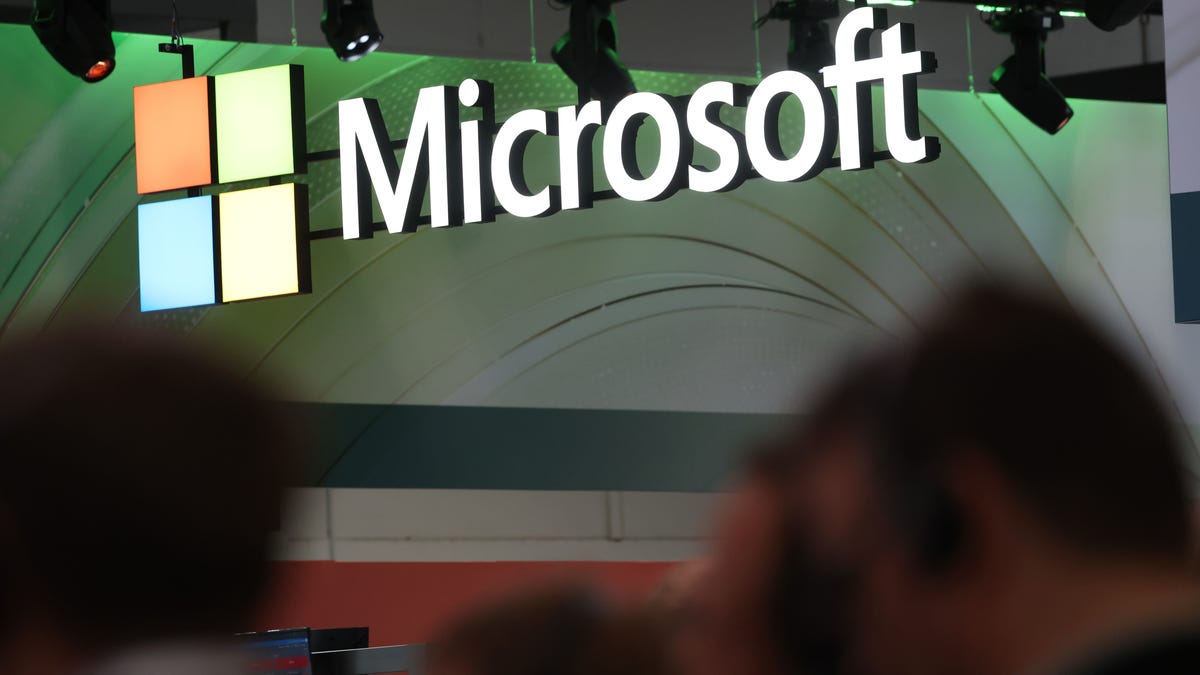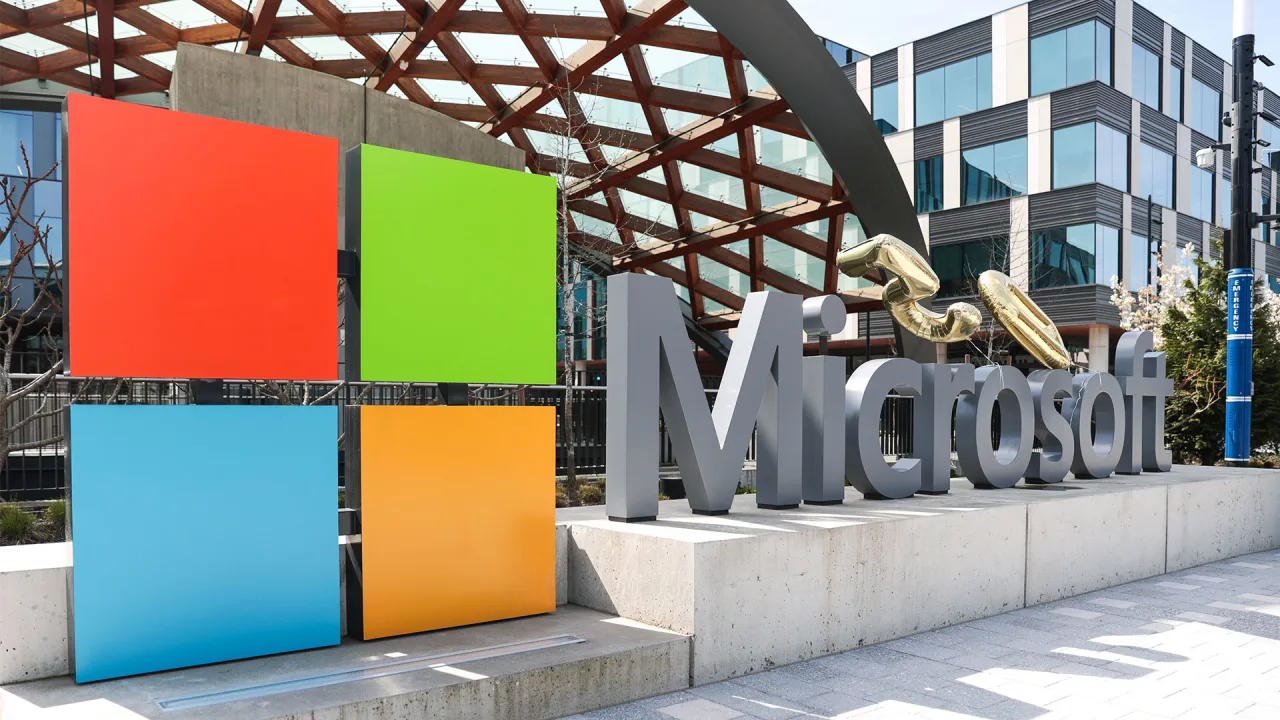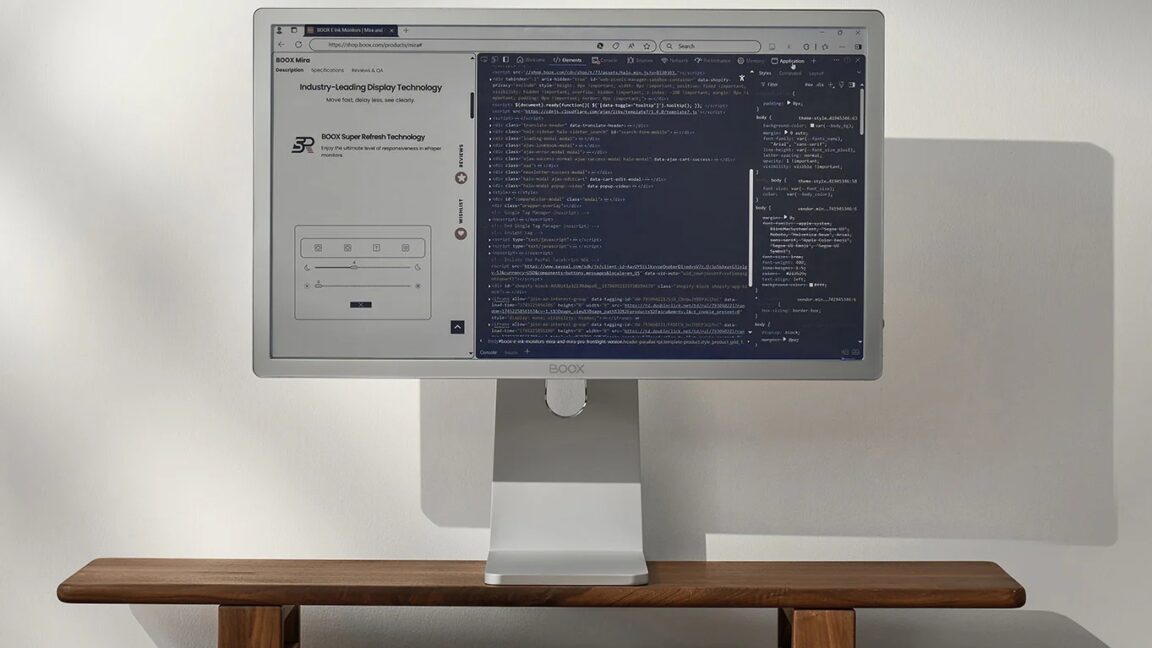93% of employees say retirement benefits influence whether they’ll take a job. How to design a competitive plan
New tech options make creating and administering a plan easier.

It might be counterintuitive, but thinking about retirement may be one of the best tools small businesses has to attract young talent.
In fact, 93% of employees say that retirement benefits influence their decision about whether to join a company, according to research from Guideline, a small-business retirement platform. A separate report from payroll service provider Gusto found that offering a 401(k) plan can lead to more than $100,000 in annual savings from employee turnover. Yet 40% of small businesses do not offer the benefit.
Of course, offering a competitive benefits package is easier said than done. A big hurdle for many small businesses is the perceived cost and complexity, says Lei Deng, Missouri-based certified financial planner. But there are plenty of tech options available now that make creating and administering a plan easier. Companies including 401 Go, Guideline, Human Interest, and Vestwell are some of the providers bringing down costs for small businesses.
Also important to note: There are many tax credits available that can make starting retirement plans much more financially feasible for employers who might otherwise be strapped for cash. The startup credit, for example, applies to 100% of qualifying expenses related to launching a plan, up to $5,000 per year for the first three years. Qualified costs can include administration fees, recordkeeping fees, support services from the retirement plan provider, and more. The employer contribution tax credit is an offset of contributions made to participating employees’ accounts, up to $1,000 per employee for five years.
For business owners with W-2 workers, there are generally three types of retirement accounts available: 401(k)s, Simplified Employee Pension (SEP) IRAs, and Savings Incentive Match Plan for Employees (SIMPLE) IRAs. Here’s what financial advisors and plan sponsors say to consider with each type of account.
SEP IRAs
SEP IRAs are entirely funded by employer contribution. In 2025, contributions can max out at 25% of employee compensation, or 20% for self-employed owners, up to $70,000. Contribution percentages must be uniform between employees and employer.
“This is good for business owners that have very fluctuating cash flows year over year, who want to share profits with their employees,” says Deng, noting that employers don’t need to make contributions every year.
SIMPLE IRAs
SIMPLE IRAs were created specifically for small businesses, making it one of the easier plans to establish and manage. This type of individual retirement account, while offered by the employer, is funded by the employee. Employers can then match the employee salary deferral dollar for dollar up to 3% of their compensation, or make a nonelective contribution of 2%. Employees, sole proprietors, and self-employed workers under age 50 can contribute up to $16,500 in 2025.
Deng calls a SIMPLE IRA a “good starter plan,” which allows employees to have skin in the game by funding their own retirements. While contributions need to be made more consistently than with a SEP IRA, they generally require fewer contributions from the employer.
For both SEPs and SIMPLE IRAs, the 2022 SECURE Act 2.0 allows employers to add a Roth option. This means employees and employers can make contributions after taxes have been paid. The contributions then grow tax-free, making this an attractive option for all types of retirement savers.
401(k)s
401(k)s are the best-known employer retirement account, and generally the most costly and complex to administer. That said, they offer a high contribution amount—up to $23,500 in individual contributions in 2025 for employees under 50, or up to $70,000 combined employee and employer—and these accounts are available for the tax credits noted above. They also allow for vesting schedules to incentivize retention.
Small businesses often face higher fees than larger plans, due to their smaller asset level, so financial experts recommend doing due diligence in researching firms that provide the services for any of the plans listed here. Compare information from the new players as well as reputable and more traditional brokerages and insurance companies. Consider talking to other local small businesses to see how they like their providers.
And there are some states that now provide sponsored IRA programs, which can be an attractive option.
Once in place, it’s important to solicit feedback. Is the match high enough? Could fund options be improved? Employers can tailor plans to the employees they want to retain. They can also provide educational resources so employees are making the most of their accounts.
Other benefit options
401(k)s and IRAs are the best-known retirement benefits, but they are not the only options, says David Freisner, CEO at Konza Global Wealth Group. Some employers may want to think outside the box.
A health savings account can make a business a standout in an otherwise crowded field, he says. Employees “receive a quadruple tax benefit,” he says. Contributions reduce their taxable income, there are no FICA taxes withheld on the funds, they grow tax-free and can be invested, and withdrawals are nontaxable if used for qualified medical expenses.
Another, less common option is an employee stock ownership plan (ESOP), which allows employees to gain ownership in the business. “Depending on company growth, this can lead to increased retirement assets for the employee, while providing an incentive for key employees to remain with the organization as their ESOP balance increases,” says Freisner.
Freisner suggests going a step further and providing financial wellness sessions for employees, if time and resources allow. These could include education on topics like personal finances, retirement planning, and issues surrounding aging parents. Not only could employees benefit financially, but they will also feel more valued.
Finally, one of the best things about owning a small business is the flexibility and creativity it can allow. Employers could consider other low- or no-cost benefits—retirement-related or otherwise—that they know their employees value, says Julianne Hertel, owner of Dream Big Wealth Strategies. That could include extra or unlimited time off, flex Fridays in the summer, or gym membership reimbursement.
“In my firm, we recently surveyed our staff to find out how they would like to be rewarded and what motivates them individually, so that we can recognize each individual specifically how they like to be recognized for a job well done,” she says.
This story was originally featured on Fortune.com




